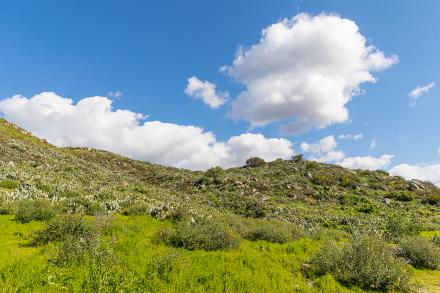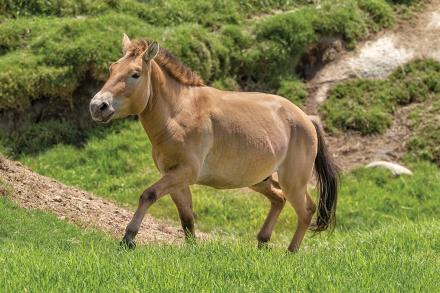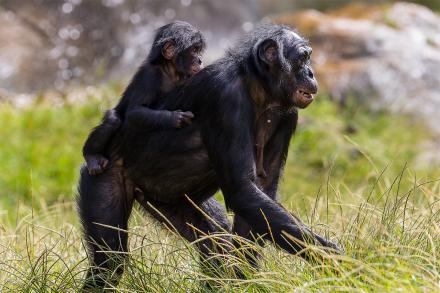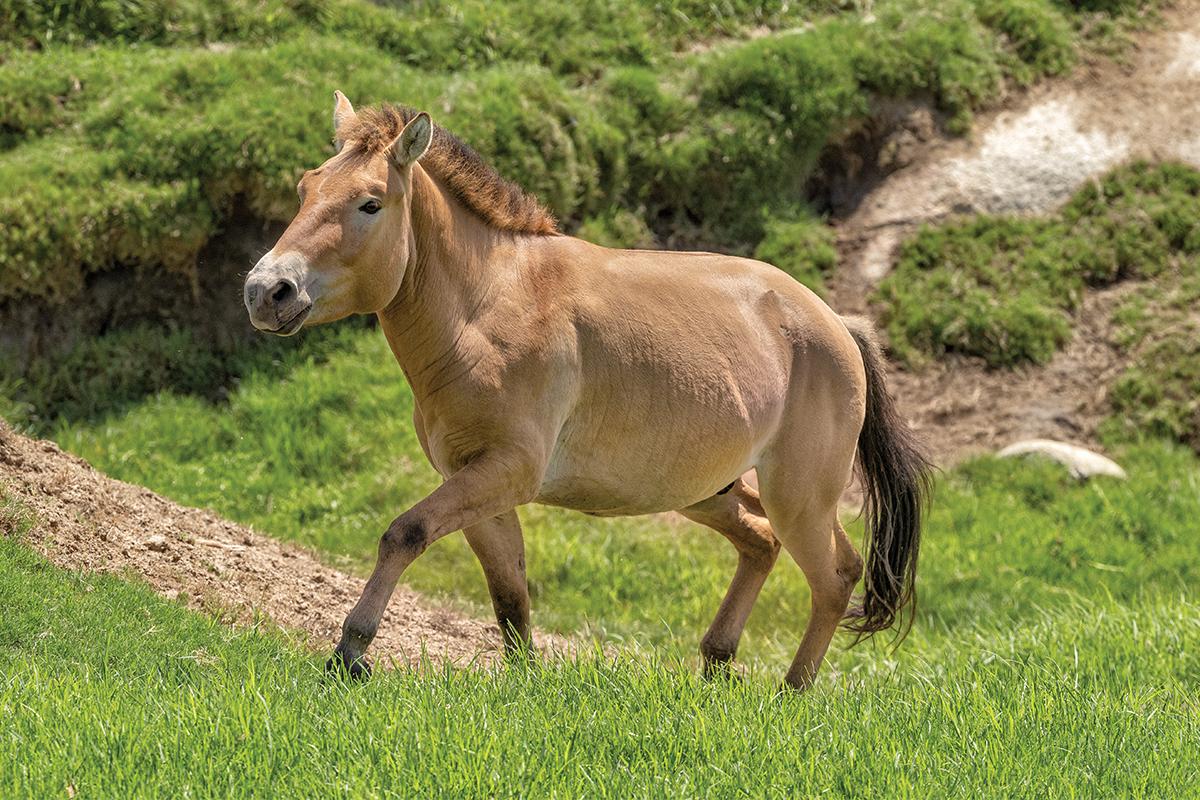
Conservation is Working
Swooping overhead, scurrying underfoot, and rustling through treetops and grasses, wildlife all around us are thriving because of conservation successes that allies like you help make possible. Across the globe, we collaborate with partners on innovative, multidisciplinary efforts to help ensure that wildlife—and the ecosystems we all share—can thrive.
Conservation wins mark monumental milestones, but they’re not the finish line. As we celebrate these successes we also look ahead as we continue working to save, protect, and care for wildlife. Here are a few wins you’ve been part of and the hope you bring to endangered species here in San Diego and across the globe.
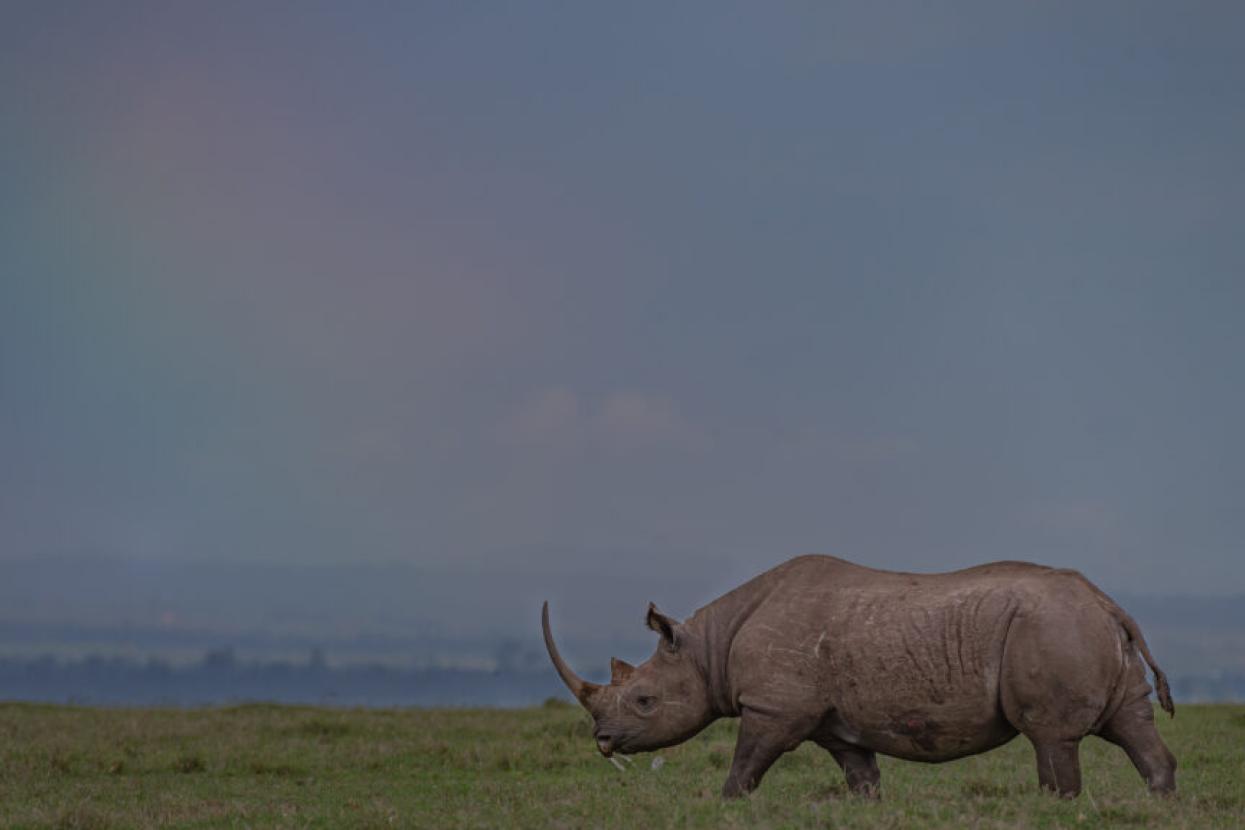
(Photo credit | Rio the Photographer)
Room to Grow
For the first time in nearly 50 years, eastern black rhinos are roaming their native rangelands across Loisaba Conservancy in northern Kenya. Once abundant in this area, they disappeared due to poaching. Together with our partners, we helped translocate 21 black rhinos to a new protected sanctuary, marking a triumphant return for this critically endangered species. In the reserve, the growing population will have the space, resources, and protection they need to thrive and create a sustainable population of black rhinos in this area of Kenya once again.
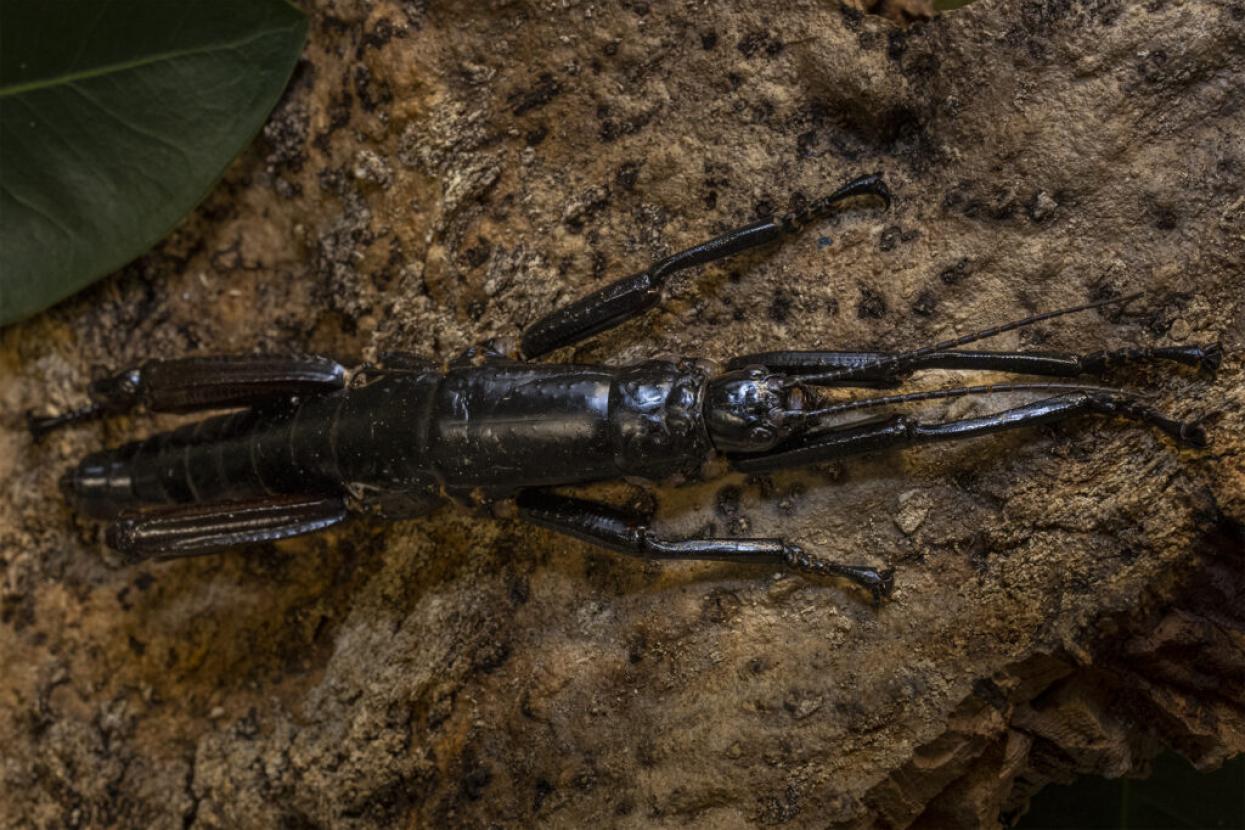
Branching Out
Blending into the dark volcanic rock of their native Australian islands, these unusual so-called “tree lobsters” were once thought to be extinct. But in 2001, a resilient population of Lord Howe Island stick insects was rediscovered, launching international recovery efforts to secure their future. For more than a decade, the San Diego Zoo has been home to a conservation breeding program for the critically endangered insect—one of the only programs like it outside of Australia. This collaborative effort will eventually lead to the next phase, which is to reestablish populations in their native ecosystems. You can connect with this fascinating, nocturnal species at the Zoo’s Wildlife Explorers Basecamp.
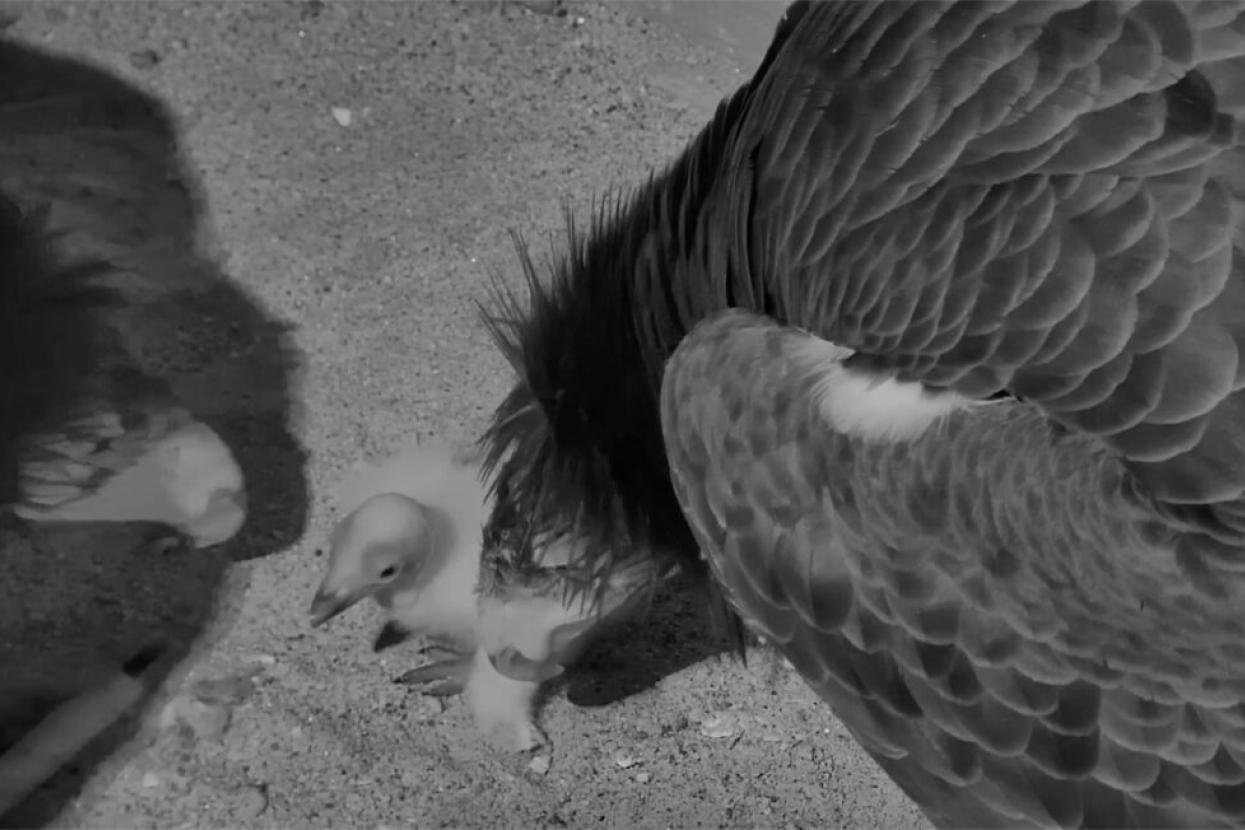
Soaring Success
This spring we were overjoyed to welcome Emaay, the 250th California condor chick to hatch at the San Diego Zoo Safari Park. This is a landmark moment for the local species, which once came within a breath of extinction. Emaay’s father, Xol-Xol (pronounced “HOLE-hole”), made this arrival even more special. In 1982, Xol-Xol was one of only 22 California condors remaining on Earth. Over the last 40 years, we’ve developed cutting-edge solutions to help restore sustainable California condor populations across the region. Through a long-term collaborative conservation breeding program, we incubate, hatch, and raise condors at the Safari Park for reintroduction into native ecosystems. Xol-Xol went from being one of the last of his kind on Earth to helping his species make a remarkable comeback. He’s fathered over 40 chicks and today, with help in part from Xol-Xol himself, there are nearly 600 California condors soaring over the deserts and coastlines of the American Southwest.
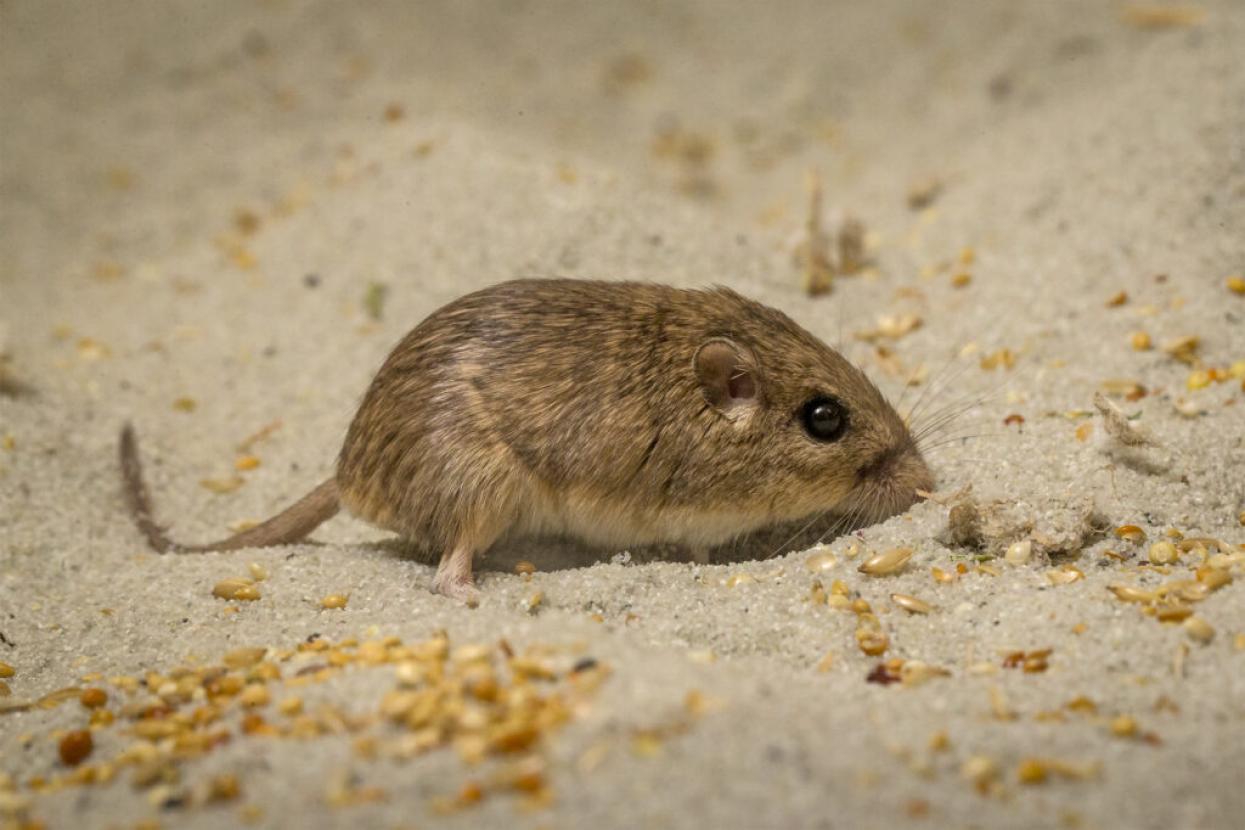
Coastal Comeback
The little mouse that matters is making a mighty comeback along the Southern California coast. Pacific pocket mice are endemic to the region, meaning they’re not found anywhere else on Earth. They act as critical gardeners in their ecosystems, digging burrows that aerate and hydrate soil and using their cheek “pockets” to carry seeds, inadvertently dispersing them throughout their habitat.
For decades, conservationists believed the species was extinct. Then in 1993, a small population was discovered in the Dana Point Headlands. Two more populations were later found in San Diego County, and conservation efforts continue to reignite hope for the future of this endangered species. Since 2012, we’ve been reintroducing Pacific pocket mice to the sandy coastal scrublands where they once thrived.
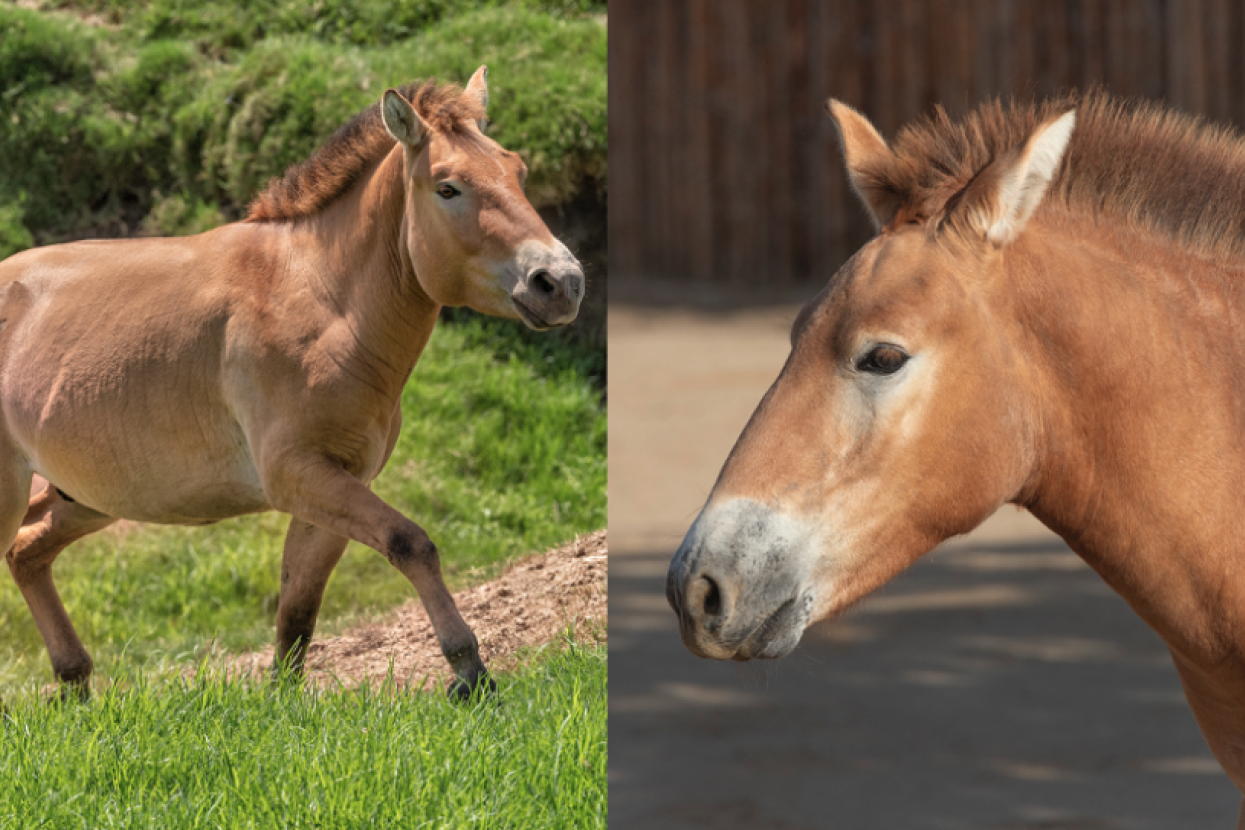
Kurt (left) and Ollie (right)
Doubling Down
Przewalski’s horses are known as the last wild horses. Yet by the 1960s, they had disappeared from their native habitat. Their situation was dire, and we knew we needed to act. Together with partners worldwide, we’ve collaborated on groundbreaking conservation breeding programs to boost populations and reestablish herds across their native grasslands. Although we’ve made strides in recovering populations, the work to save this endangered species isn’t over yet.
Until recently, all living Przewalski’s horses were descended from just 12 individuals. As the population increases, this lack of genetic diversity is one of the greatest challenges for the species. Fortunately, there is hope. A stallion that lived more than 40 years ago is helping bring genetic diversity back. His living cell lines were preserved in our Wildlife Biodiversity Bank’s Frozen Zoo®, and he’s now been cloned not once, but twice. In fact, Kurt and Ollie mark the first time that an endangered species has been cloned more than once. These young horses represent the essential next step in saving this species and are a beacon of hope for wildlife worldwide.
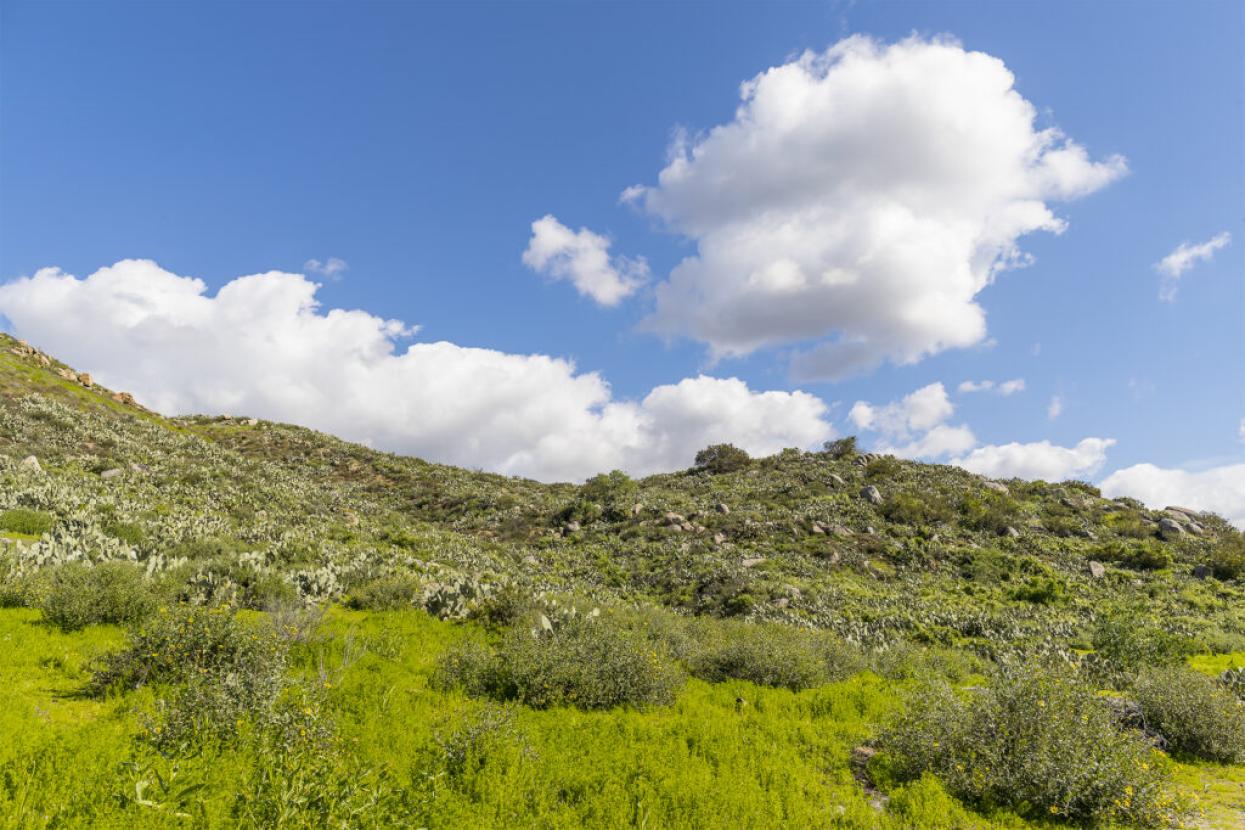
Preserving Biodiversity
Beyond the sprawling savannas of the Safari Park lays the Biodiversity Reserve, an undeveloped, 1,000-acre stretch of native coastal sage scrub and chaparral habitat. It’s one of the largest remaining expanses of this type of landscape and located at the intersection of two critically important wildlife corridors. San Diego County is the most biodiverse county in the contiguous United States, and the Biodiversity Reserve reflects that. The reserve provides a home for over 179 bird, 24 mammal, 28 reptile, and 4 amphibian species. Conservationists study resident and migratory species here to better understand how they use the land and how we can protect it through our Southwest Conservation Hub. Recently, the Biodiversity Reserve was also designated as a protected space by 30×30 California, an initiative to protect 30 percent of all lands and waters by 2030.
Conservation wins like these represent something greater than each of us. Every success holds a hope and a promise for the future of the planet we all share. Across the globe, with the support of allies like you, populations of vulnerable wildlife are increasing and landscapes are being protected. Let these tales of triumph remind you that when we work together to save, protect, and care for wildlife, there’s no limit to what we can accomplish.
Discover more about how we’re saving, protecting, and caring for wildlife worldwide through our Conservation Hubs

